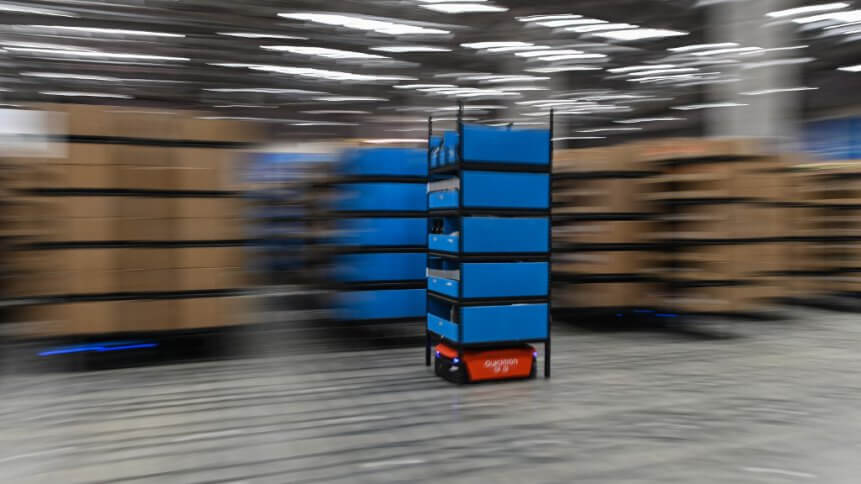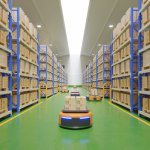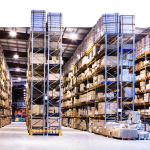Smart warehouses expand to deliver on rising consumer expectations

Savvy e-commerce customers, spoilt for choice when it comes to expecting faster and more efficient deliveries, are driving the growing investment in smart warehouses, with automation increasingly inbuilt to help keep up with the demand that is unlikely to abate any time soon.
In fact for urban residents in major cities across the globe, fast delivery that will coincide with their quick online purchasing decisions is fast becoming the standard expectation, and fulfillment leaders are scrambling to keep up.
The average consumer now expects their delivery to arrive within four and a half days, down from the 5.5 days that was expected back in 2012, according to recent data from consulting firm AlixPartners. And consumers online shopping habits reflect this changing paradigm, with a PwC report showing that 17% of online buyers will actually abandon a brand if they face a lengthy delivery time.
Faced with this rapidly changing landscape, fulfillment leaders are scrambling to keep up, causing the automation-driven potential of smart warehouses to be explored in an accelerated setting. Global warehouse automation is expected to grow upwards of 14% by 2026, as per research house LogisticsIQ, and smart warehouses as a market are expected to be valued at US$30 billion in that same timeframe.
Propped up by the hungry consumer demand, more and more online retailers are looking into ramping up their own efficient fulfillment operations, in contrast with the traditional third-party logistics providers such as UPS and FedEx who in the past would have been the predominant last-mile delivery mechanism.
Instead now, buoyed by the success of e-tailer turned technology bigwig Amazon in prioritizing efficiency by automating its warehouses, other e-commerce players are investing in smart warehousing as well.
In automating them, fulfillment centers can also be reduced in size and capacities, allowing for cost savings along with time and efficiency benefits. Today’s smart warehouses can feature an assembly line of innovations, ranging from basic programs to manage inventory data right up to the most advanced robots and mechanized shelving.
Geographically, while the US leads the way in warehousing automation, the swiftly growing demands from a number of other markets are quickly catching up, with Indonesia, Australia and the Philippines all pivoting towards technologically advanced buildings to keep up with widening demand.
And the demand for the convenience of online delivery is indeed growing. In Indonesia, currently the 16th-biggest economy in the world, online sales are projected to rise from US$16 billion in 2019 to US$62 billion by 2025.
In fast-developing Philippines, leading e-commerce platform Lazada is building its most advanced warehouse to date, not too far from the capital of Manila. Meanwhile in Australia, a new intermodal terminal is underway at the country’s biggest seaport in Melbourne. A wave of smart warehouses is expected to be constructed there to connect with a future Inland Rail line between Melbourne and Brisbane.










